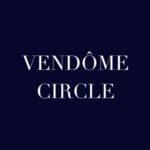Incredible Sicily
Sicily is a place of legend and myth. Its culture is exceptionally multi-layered and reflects some 2700 years of history.
As we mentioned in our article on Split, Croatia, the city of Syracuse was founded by Greek colonists from Corinth around the year 734/733 BCE. The island quickly became largely Greek, with Phoenicians remaining at the far Western end—Palermo was founded at the same time as Syracuse, but by Phoenicians from Carthage.
It is around this time that the Iliad and Odyssey were composed—it is in fact near the city of Catania that Odysseus and his men encountered the cyclops, and numerous other events from Greek mythology are said to have occurred on the island.
Thereafter, Sicily would fall to the Romans, the Vandals, the Ostrogoths, be regained by the Byzantines, then fall to Muslim Arabs (Aghlabids, Fatimids and Kalbids) who created the Emirate of Sicily. The Emirate would fall to Norman conquerors who eventually created the Kingdom of Sicily.
Sicily would then be ruled by a succession of dynasties and would eventually be ruled by Spain, briefly by the Houses of Savoy and Austria, then by the Spanish Bourbon dynasty until Italian Unification in 1860/61. The food, architecture, art, language and customs of this land reflect the richness of that complex and cosmopolitan past.
“Incredibile è l’Italia: e bisogna andare in Sicilia per constatare quanto è incredibile l’Italia”—Leonardo Sciascia, The Day of the Owl
“Italy is incredible: one needs to go to Sicily to see just how incredible Italy is.”
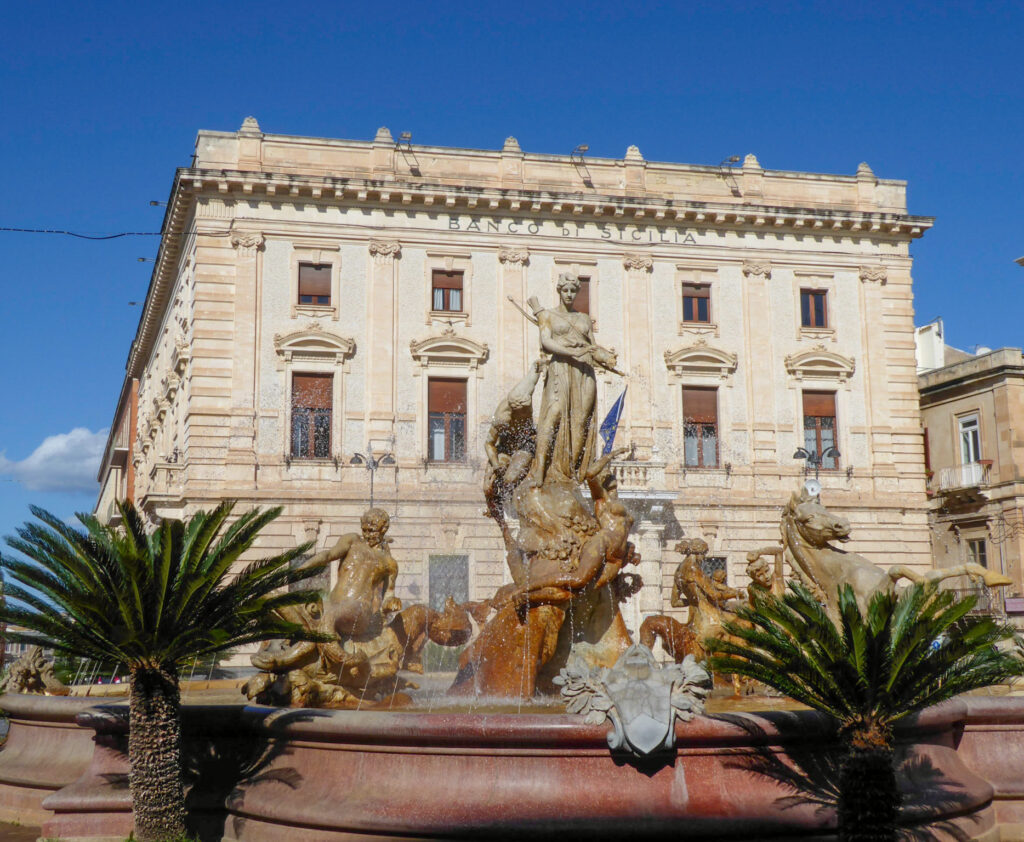
The Three Valli – Sicilian Geography
From the time of Islamic rule of Sicily (a conquest that started in 827 and finished in 902 with the fall of Taormina; Islamic rule effectively ended in 1072, though Noto held out until 1091), the island came to be divided into three provinces (‘valli’): Val di Mazara, Val Dèmone, and Val di Noto. The Val di Mazara covered roughly the western half of the island (similar to the earlier Roman division of the island) and included the capital, Palermo. Val Dèmone covered the northeastern section, including Messina, while Val di Noto covered the southeastern section and included Syracuse. Catania was on the border between Val Dèmone and Val di Noto and was alternately governed by one or the other.
In this brief introduction, we would like to highlight three of these cities: Syracuse, Palermo and Catania. In ancient times Syracuse was one of the most important city-states of Sicily and came to rival even Athens in size. Having been capital of Roman Sicily and even briefly capital of the Byzantine Empire, it would lose that status when the Emirate of Sicily made Palermo its capital.
Palermo would remain the capital for the Kingdom of Sicily until the early 19th century. Today it is the capital of the Region of Sicily, a semi-autonomous region with its own executive and legislative branches. The Sicilian Regional Assembly, originally called the Sicilian Parliament, is the oldest parliament in the world, going back to 1097. Today it meets in the Palazzo dei Normanni where it sat permanently from 1130.
Catania is today the second-largest city of Sicily after Palermo. Even in ancient times it was a significant city, but it grew to new importance in the Middle Ages and into the Renaissance when it became one of Italy’s leading cities.
These divisions may seem pedantic, but cultural divisions—especially between the western and eastern sides of the island—continue to this day. The eastern side was always much more Greek whereas the Val di Mazara on the western side would become the most deeply Islamic part of the island. The Kingdom of Sicily changed little of the administrative districts, and in the early years the island was uniquely multicultural with Arabs, Normans and Byzantines forming a more or less cohesive society.

Sicilian Cuisine
The chefs of Syracuse were famous even in the ancient world—Sicily and food is a long tradition. Fish and shellfish (such as prawns and sea urchins) are, unsurprisingly, an important part of Sicilian cuisine and feature as antipasti, in pasta or as a main dish. Above is a traditional dish from Sicily, Spaghetti ai ricci di mare (Sea Urchin Spaghetti), with the addition of prawns, served at a restaurant on the island of Ortigia (Syracuse).
The richness of Sicilian cuisine comes from the many cultural influences present on the island over the last 2700 years. The Ancient Greek cuisine of Syracuse was one of the most important of the time and included fish, olives, beans, bread, pasta, wine, honey…
While the Romans imported pistachios to Sicily, the trees were used much more for wood than for consumption. With the arrival of the Arabs in the 9th-10th centuries, the cultivation of the pistachio and its use in the kitchen would achieve new heights. The Arabs brought a wealth of new products to the island: lemons, oranges, pistachios, sugar cane, apricots, dates, eggplants/aubergines, sharbat…
Traditionally, the Jewish population of the island is credited with developing the practice of frying garlic in olive oil. Under Spanish rule, Sicily would come to receive products from the New World such as tomatoes and cacao. Beginning in the 17th century the island would be influenced by French cuisine as well. Sicilian cuisine to this day reflects these many influences from its past and makes it the richest and most varied of Italy. To explore Sicilian cuisine further—and in your own kitchen—try out our recipe for Pasta with Pistachio Pesto and Prawns.
Finally, sweets are another one of the many specialties of Sicilian cuisine and include gelato, granita (similar to but lighter than gelato), pastries, cakes and their famous cannoli (pictured below) that are often decorated with candied fruits, pistachios and chocolate chips.

Sicilian Architecture
Three styles of architecture present in Sicily are particularly worthy of note: Greco-Roman, Arab-Norman-Byzantine and Sicilian Baroque. Some remarkable examples of Greek and Roman architecture are still visible today. In Taormina and Syracuse, Greco-Roman theatres are still in relatively remarkable condition and are still in use during the summer. Many examples along the eastern coast such as in Syracuse were lost through numerous wars as well as natural disasters. To the west—particularly around Agrigento, one can still see some fine examples of still-standing Greek temples.
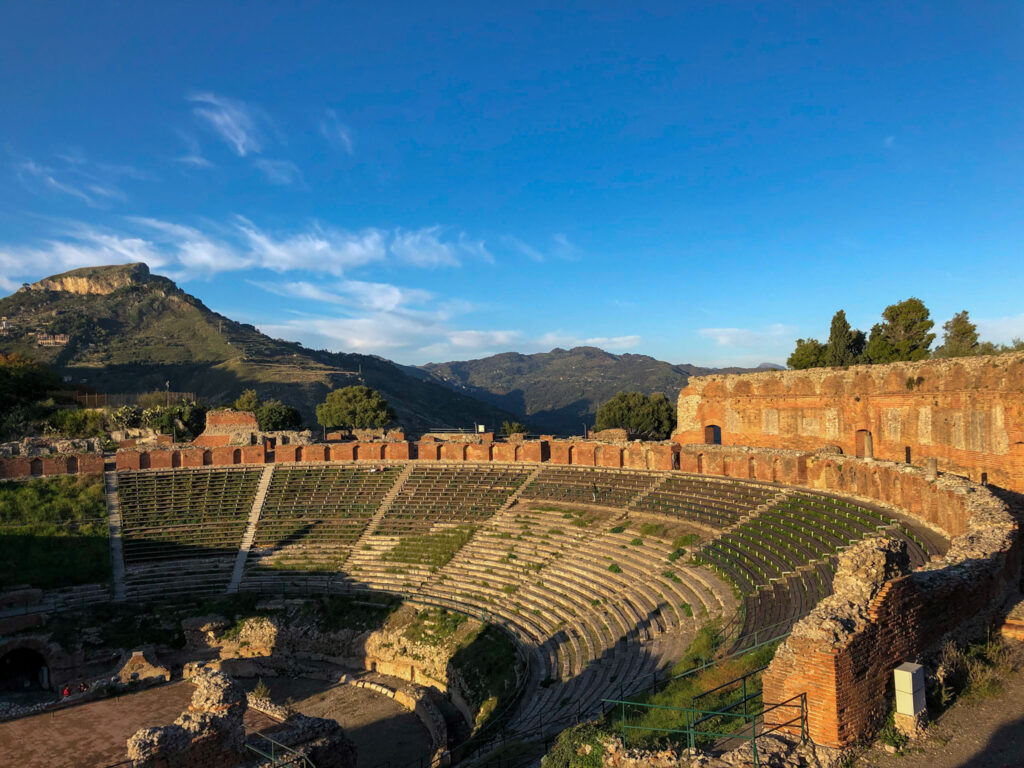
Without a doubt the most unique style of architecture in Sicily is what is alternately called Arab-Norman-Byzantine, Arab-Sicilian or Arab-Norman architecture. Roger II, first Count then King of Sicily (crowned in Palermo on Christmas Day 1130), oversaw the flourishing of a unique Arab-Norman-Byzantine culture, centred on Palermo. Roger created a court where leading Arabs and Byzantine Greeks such as Muhammad al-Idrisi and Christodulus had an important place.
“Norman Sicily stood forth in Europe—and indeed in the whole bigoted medieval world—as an example of tolerance and enlightenment, a lesson in the respect that every man should feel for those whose blood and beliefs happen to differ from his own.”John Julius Norwich, The Kingdom in the Sun, 1130-1194
That culture is still visible in the architecture of Palermo. One of the most magnificent examples is the Palazzo dei Normanni, the royal palace of Roger II and his successors. Soon after his coronation he had the royal chapel (Cappella Palatine) built. It illustrates perfectly the coming together of Arab, Byzantine Greek and Latin cultures. Fatimid arches and Byzantine mosaics combine perfectly and are complemented by muqarnas vaulting.
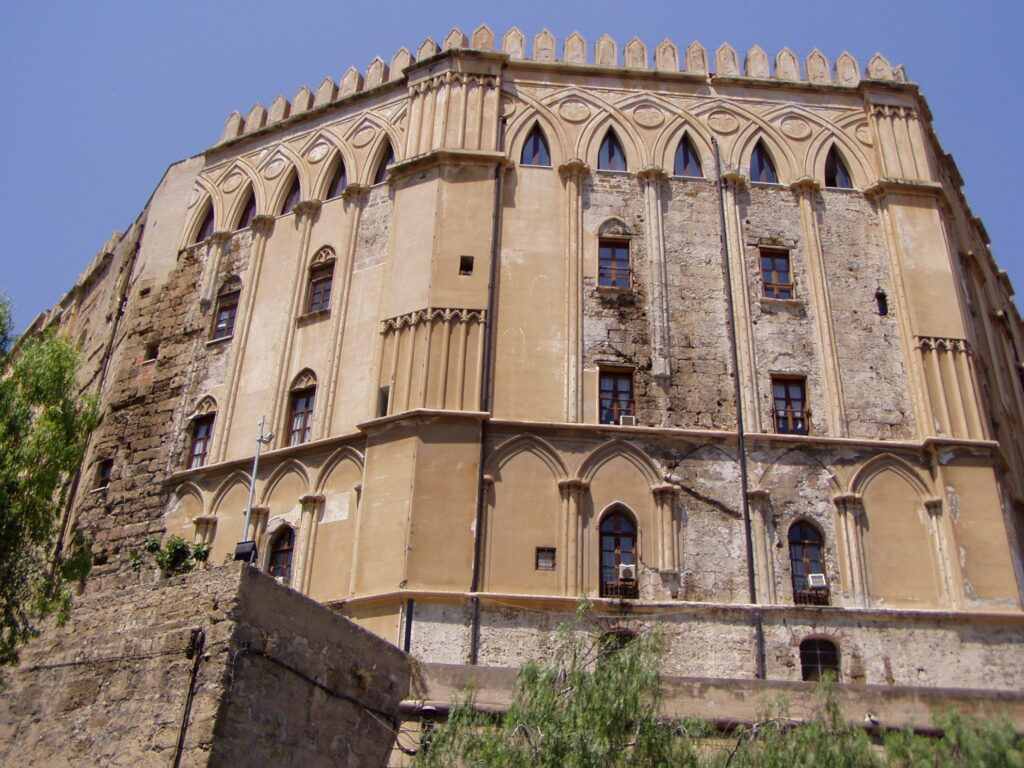
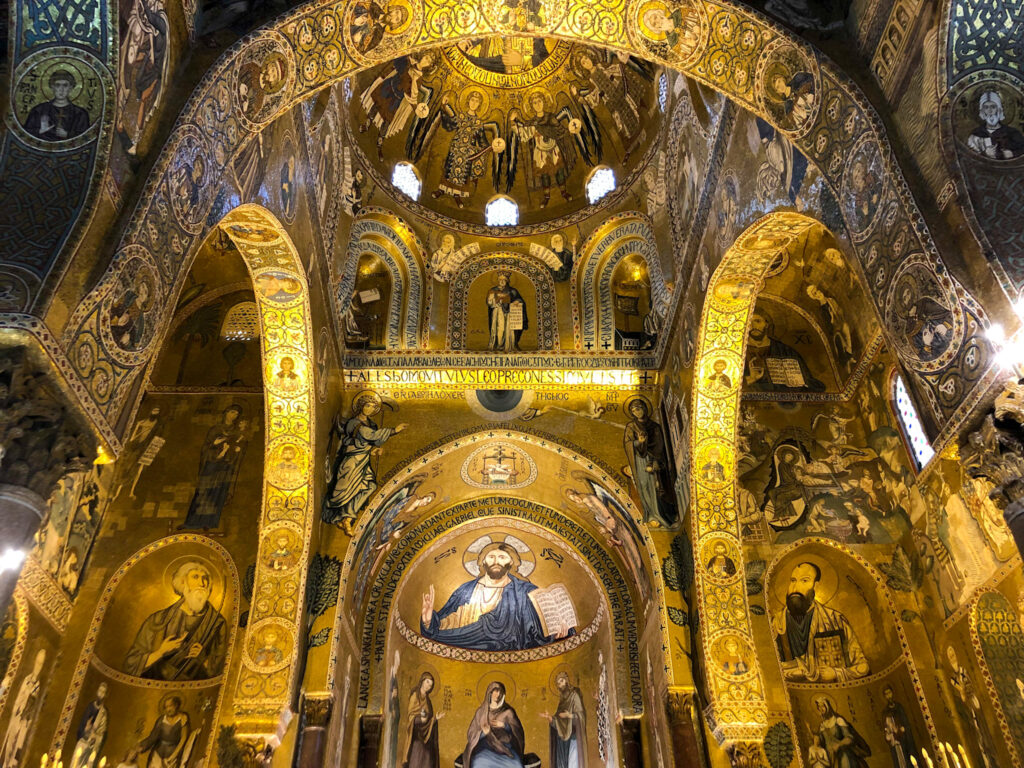
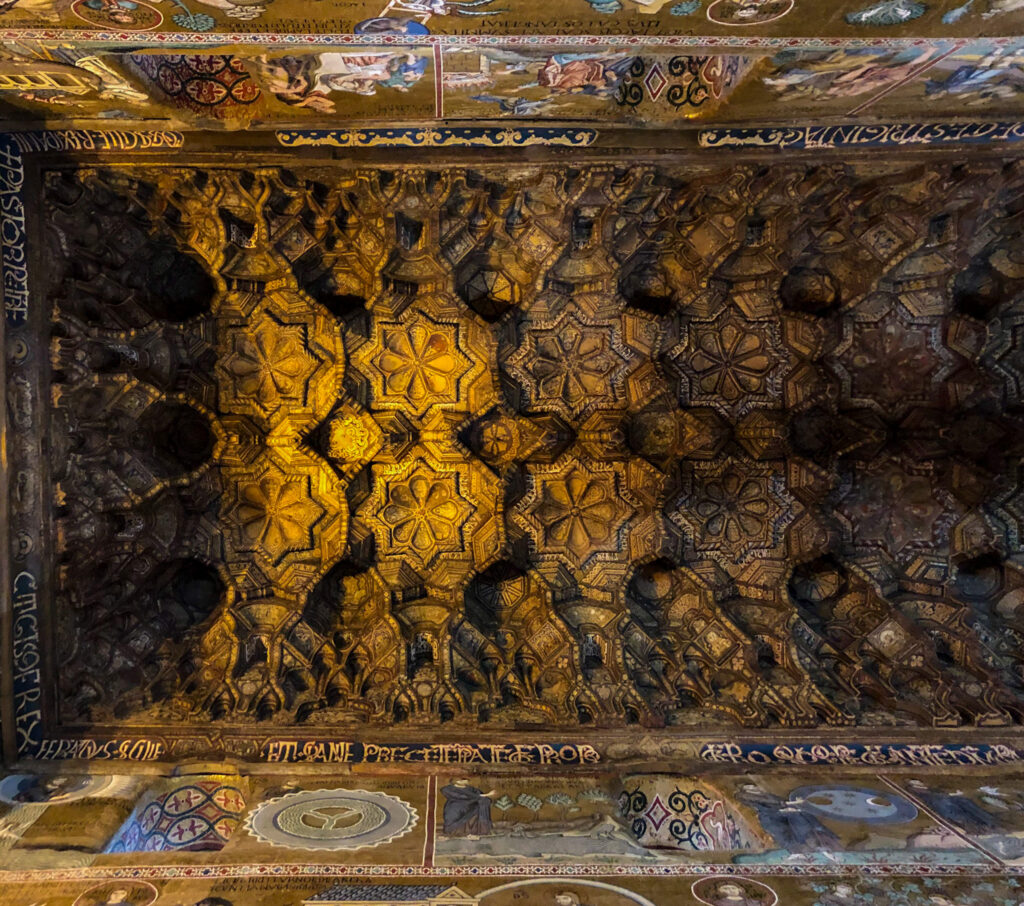
In 1693 a terrible earthquake with an ensuing tsunami originating off the eastern coast of Sicily destroyed much of the Val di Noto. In Catania, 16,000 people died out of a population of about 20,000. Whole cities collapsed.
The Spanish Viceroy of Sicily (under Charles II of Spain) sent the Duke of Camastra, Giuseppe Lanza, as the representative of the Spanish Crown to oversee the relief efforts as well as the rebuilding of the cities that were destroyed. Some cities like Noto were rebuilt at a new location nearby; others like Catania were rebuilt on the same location with a new layout; yet others like Syracuse were entirely rebuilt as they were.
The near complete destruction required building on a massive scale. Many palazzi, churches and public buildings were built in the Sicilian Baroque style, creating a unique architectural landscape. Below are two examples: the Cathedral of Syracuse (that incorporates columns from a Greek temple, not visible here) and the Basilica della Collegiata in Catania.
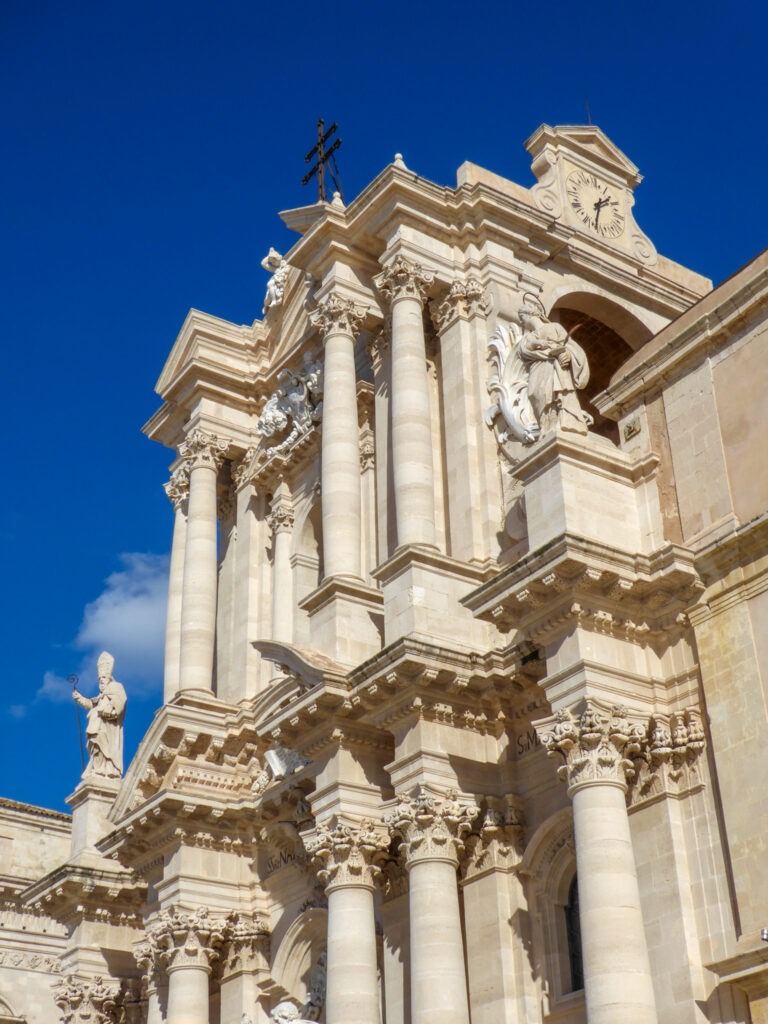

This is only a very brief overview of a very complex and rich history. We look forward to sharing more in the future, beginning with a recipe for pasta with pistachio pesto…

